Diabetes is a deadly disease. In fact, diabetes takes more lives than AIDS and breast cancer combined, according to the Diabetes Research Institute Foundation. The two most common types of diabetes are type 1 and type 2. With type 1 diabetes, the body’s immune system attacks the part of the pancreas that produces insulin. Without insulin, glucose can’t enter the cells and instead builds up in the bloodstream. People with type 2 diabetes are able to produce some of their own insulin, but it’s often not enough. Besides a regular regimen of exercise—even walking for just 30 minutes every day—controlling the amount of sugar you eat is one of, if not the, most important factors in preventing type 2 diabetes. Here are 18 foods you can eat to help prevent the onset of diabetes.
1. Green, Leafy Veggies
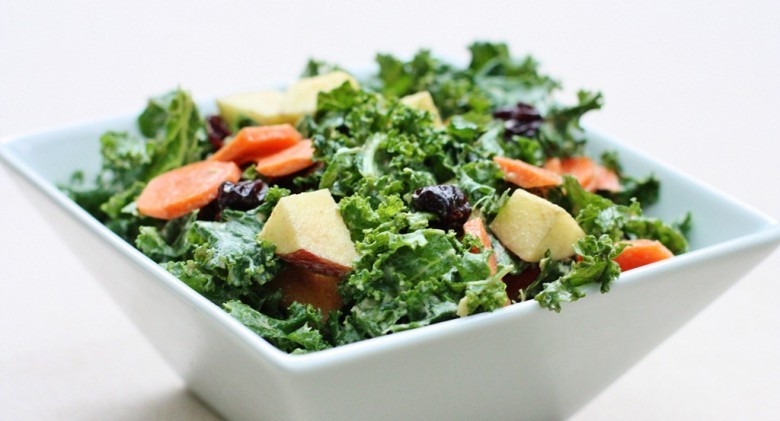
Green, leafy vegetables, the darker the better, are probably the most important food to eat to prevent or reverse diabetes. They are nutrient-rich and low in carbs, and among diabetics, eating more leafy green vegetables was associated with a 14% decrease in risk of Type 2 Diabetes. You don’t have to limit your green-eating to spinach and kale. Try bok choy, collard greens and Brussels sprouts among others. Cruciferous vegetables, like broccoli, are good, too. If you never grew out of having to pinch your nose and hold back your head to get greens down, try sweetening them with pineapple or mandarin slices.
2. Brown Rice
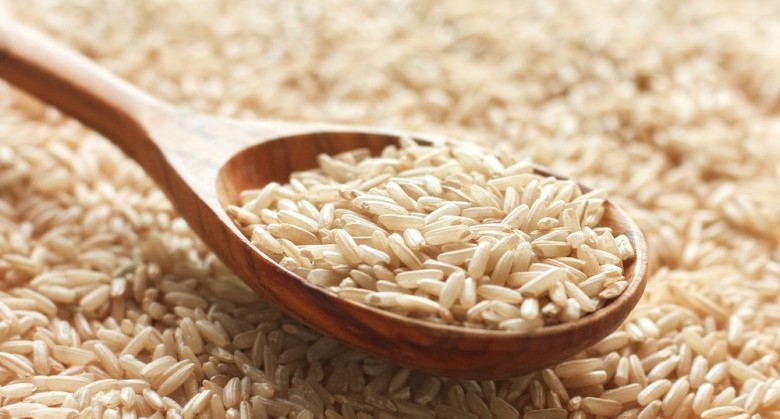
Brown rice is a whole grain, and whole grains are a whole lot healthier than the white version which has been stripped of the outer shells and therefore stripped of most of the nutrients. In terms of diabetes, choosing brown rice over white rice reduces glucose levels “at every point of the curve” says diabetes specialist, Dr. V. Mohan, MD, FRCP PhD, DSc, FNASc. We don’t know what all those acronyms stand for, but he must be pretty smart. He has been working in the field of diabetes for 30 years and is Chairman and Chief of Dr. Mohan’s Diabetology at Diabetes Specialities Centre in India, an organization that is named for him.
3. Sweet Potatoes
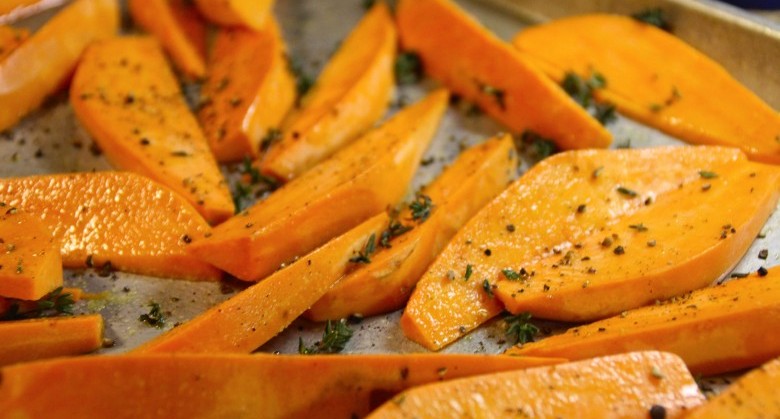
Sweet potatoes are chock full of healthy nutrients, and the carbohydrates they contain turn into sugar less quickly than white potatoes. This prevents blood sugar levels from spiking after eating. These taters can even regulate blood sugar levels. The American Diabetes Association (AMA) considers sweet potatoes a superfood for people who already have diabetes. These tubers also provide cancer-fighting and immune-boosting benefits. Super-healthy and super-tasty. Sweet potato pie, anybody?
4. Eggs
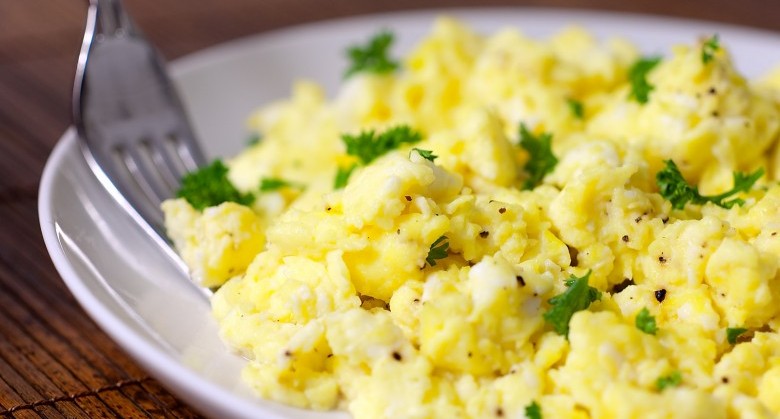
Eating four eggs weekly can lower your chances of developing type 2 diabetes by 38%. This terrific benefit could be because the nutrients in eggs affect glucose metabolism and low-grade inflammation. That’s a technical way of saying eggs lower your chances of getting type 2 diabetes. If you like your scrambled eggs fluffy, like in this picture, the trick is to add water and to gently stir them on the pan. The hot pan causes the water to evaporate, leaving air pockets. There is no research to back this; however, there is research to back eating 4 eggs a week lowers your chances of getting diabetes. (People already diagnosed with diabetes, however, should not eat eggs.)
5. Steel-Cut Oats
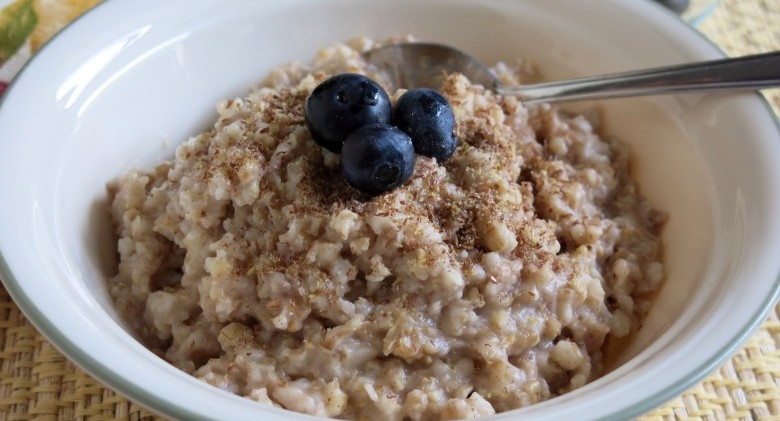
Steel cut oats have the advantage over regular oats in that they have a lower Glycemic index. This is a measurement predicting how much a person’s blood sugar will spike after eating, and because steel cut oats endure less processing than regular oats, they have a lower Glycemic index says Andrew Well, MD. Of course, purchase the steel-cut oats that have no added sugars, flavors or preservatives and then go nuts adding your own fruit. Or nuts.
6. Squash
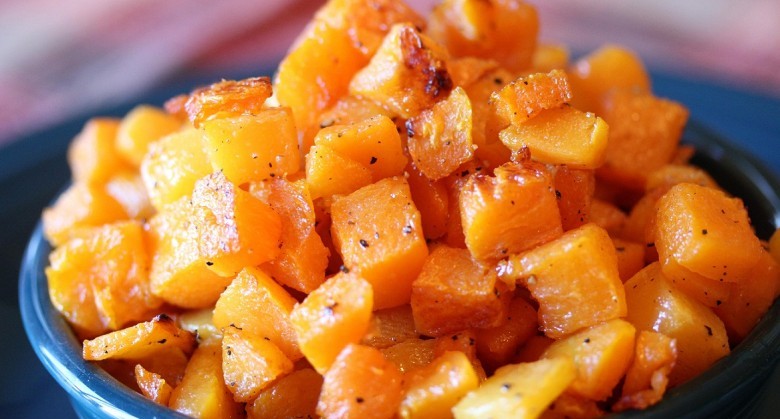
Study after study has suggested that eating more plant foods like butternut squash lowers the risk of diabetes as well as obesity and heart disease. Butternut squash is low on the glycemic index which means your blood sugar won’t spike after you enjoy a bowl of its tasty soup. If that’s not enough to make you run to your neighborhood farm (or produce store) to pick up some of this winter squash, they also promote a healthy complexion, increased energy, and overall lower weight. Other winter squashes are good too, like acorn, spaghetti, and pumpkin to name a few.
7. Cinnamon
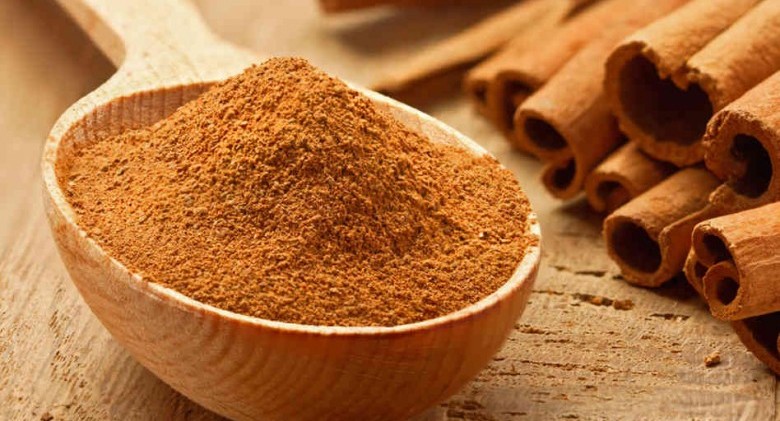
Certain trials have shown that cinnamon can lower blood sugar levels in cases of uncontrolled type 2 diabetes. Powdered cinnamon has the ability to stimulate insulin activity which lowers blood sugar levels, and it has bioactive components that can help prevent and fight diabetes. Researchers from the University of Georgia tested 24 common herbs and spices and discovered that their antioxidants could even prevent inflammation associated with diabetes. Cinnamon and cloves both got high rankings. There are two “howevers,” though. However #1) Some studies have shown cinnamon to not be effective in lowering blood sugar. However #2) Eating large quantities of cinnamon can harm the liver. Try sprinkling some cinnamon instead of sugar next time you reach for a sweetener.
8. Seeds
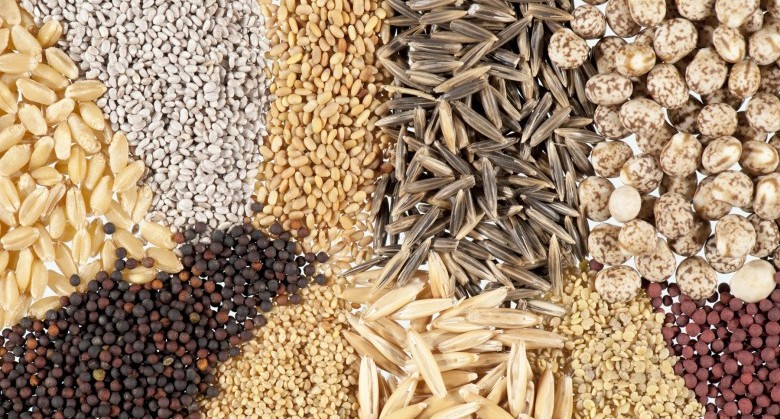
Let’s talk fat. There are good fats we can eat and there are not-so-good fats we can eat, (doughnuts, fast food, etc.). Polyunsaturated fats found in seeds (and nuts and liquid vegetable oils) are the good kind. Among benefits like reducing bad cholesterol levels and promoting weight loss, eating seeds can help control your blood sugar and provide anti-inflammatory effects that may prevent the development of insulin resistance. Two seeds that some research highlights as especially good for preventing and fighting diabetes are chia seeds and fenugreek seeds.
9. Onions
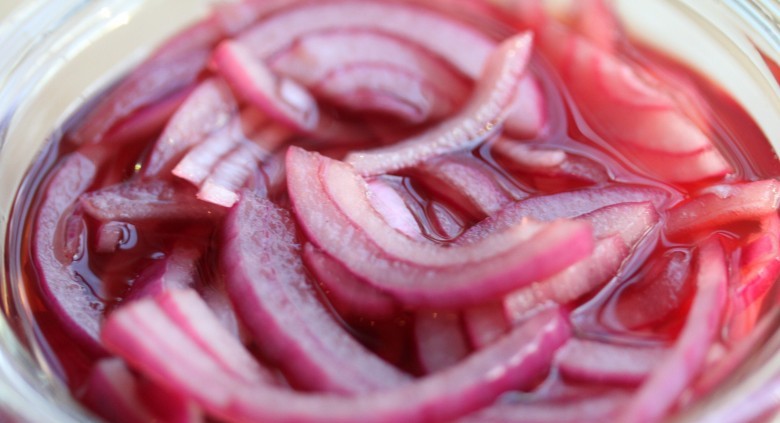
Onions, as well as other non-starchy vegetables like mushrooms, peppers, and garlic, have almost zero effects on blood sugar. They’re chock full of fiber and phytochemicals that provide disease prevention. For centuries, people used onions to heal infections, and this multi-layered veggie contains chromium which assists in regulating blood sugar.
10. Beans
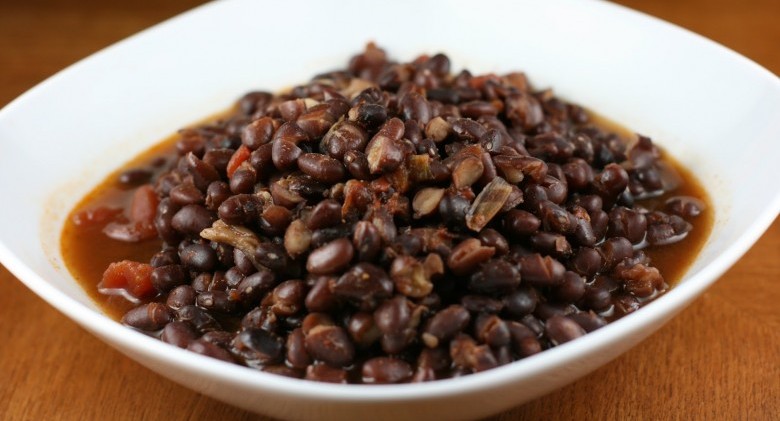
Eating beans regularly can decrease the risk of heart disease and colorectal cancer. Beans are nutritious and inexpensive and they’re loaded with antioxidants and protein which fills the belly and helps control eating which is one step in preventing diabetes. Fiber-rich, protein-packed beans are a smart food to add to your diet. If you need to “sneak” beans into your diet, try secretly adding them to your meatloaf or burger recipe or dropping some into your pot of soup. If the “gas” factor has you concerned, rinse your beans before cooking them.
11. Whole Wheat Bread
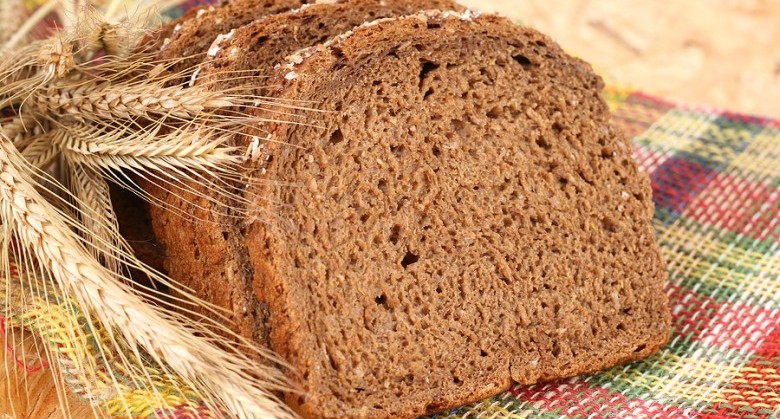
When you choose whole grains versus white, you give your body the nutrients that aren’t stripped away in processing. Plus, a study showed that women who ate whole grains weighed consistently less than women who didn’t, and weight control is a major factor in preventing diabetes. If you want to read even more healthy, diabetes-preventing benefits of eating whole wheat, read #18.
12. Avocado

Researchers agree that high levels of Vitamin C in the bloodstream reduce chances of developing diabetes. The best way to achieve these levels is by eating foods rich with Vitamin C. Enter the avocado. It’s also high in potassium–which is good for producing insulin–and low in carbs. That makes it great for a healthy cardiovascular system and for normalizing blood pressure. Both of these are important factors to prevent diabetes (and to fight it). These pear-shaped delights also provide most of the B Vitamins, and diabetics have shown to have a deficiency with Vitamin B1. Add avocado to your menu. Use it as a dip, a spread or slice one up and eat it raw.
13. Salmon
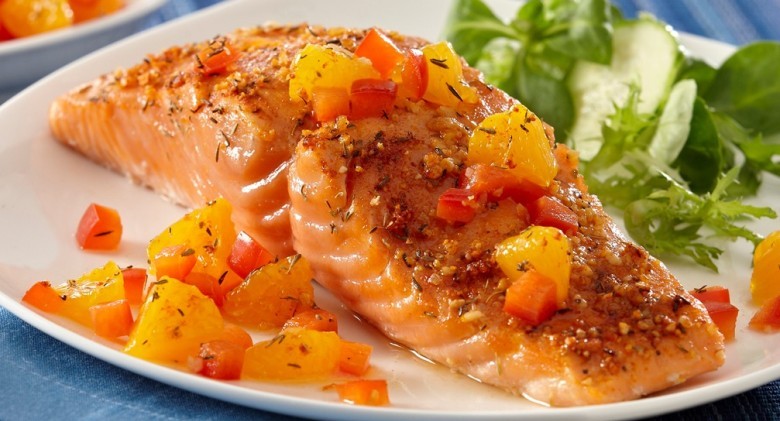
Eating salmon a couple times a week will give your body healthy fats—but you won’t have to watch your waist line. The protein it provides fills you without filling you with carbs that spike blood sugar levels. Salmon also improves insulin resistance and reduces inflammation. Grill it, broil it, or chop it and drop it in a salad.
14. Kiwi Fruit
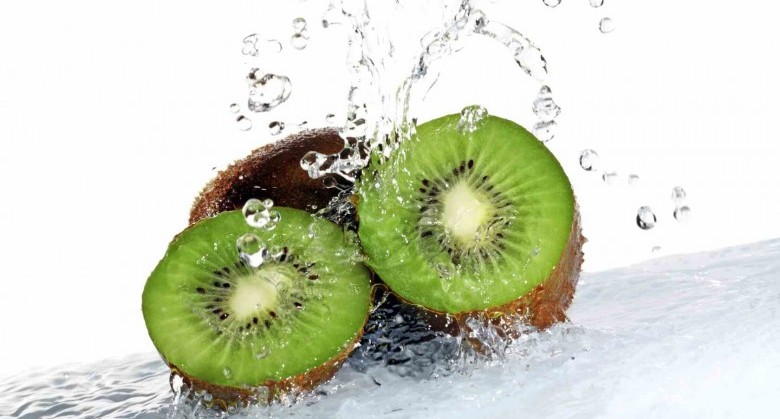
Can you say “antioxidants?” Can you say “adipogenesis?” (That’s a tougher one.) Can you say “kiwi?!” Full of healthy antioxidants, kiwi has also shown to help regulate adipogenesis–a critical process for preventing diabetes. Kiwi is low on the glycemic index so you can enjoy kiwifruit with your lunch without worrying about a blood sugar spike. Oh, let’s not forget about Vitamin C—you’ll get an impressive boost of the diabetes-blocking vitamin with every juicy bite.
15. Nuts
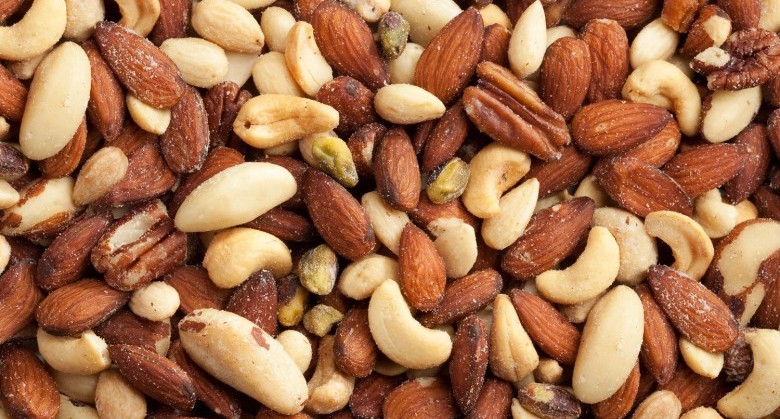
A study in the Netherlands showed that eating 10 grams of nuts daily seemed to offer protection from various diseases—including diabetes. Peanuts and tree nuts deliver a healthy dose of good fats (mono & polyunsaturated) as well as B Vitamins and antioxidants. 10 grams is equivalent to 12 peanuts, 8-9 almonds, 6 cashews, 5 walnut halves, or 5 pecan halves…or a mixture of any of the above.
16. Chicken
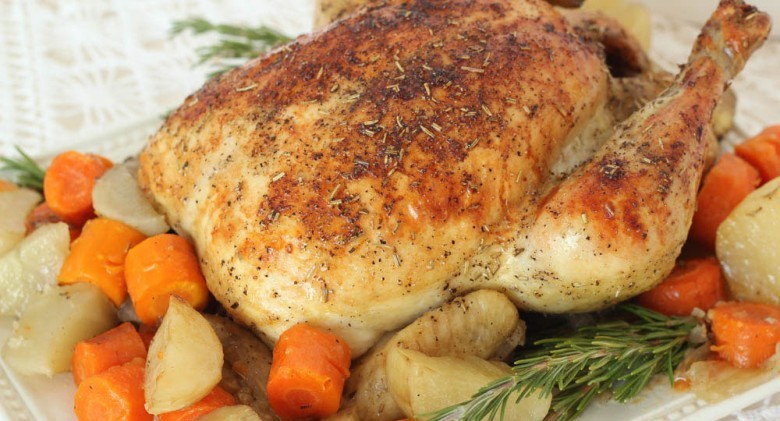
The American Diabetes Association lists chicken as one of the best food choices for protein. Chicken does not register on the glycemic index, so you don’t have to worry about your blood sugar level when you grab a pulky. Just don’t fry it! Baked, grilled and even oven fried (with a little oil) are healthy ways to prepare this bird.
17. Unsweetened Yogurt
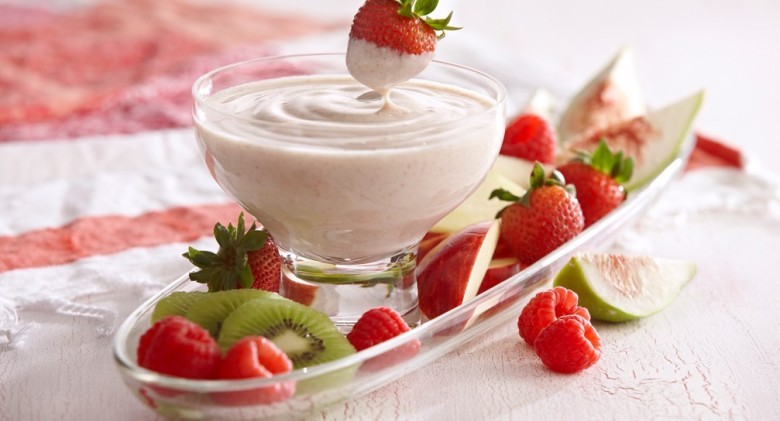
A 2014 study by the Harvard School of Public Health stated that eating yogurt might reduce the risk of developing diabetes. Other studies have shown yogurt to help with weight control, lowering the risk of type 2 diabetes. The researchers are not sure why these links exist, but they agree that eating yogurt, unlike other dairy products, could provide a key for locking out diabetes. It’s healthier to eat plain yogurt and top it yourself with your favorite fruits.
18. Whole Wheat Pasta
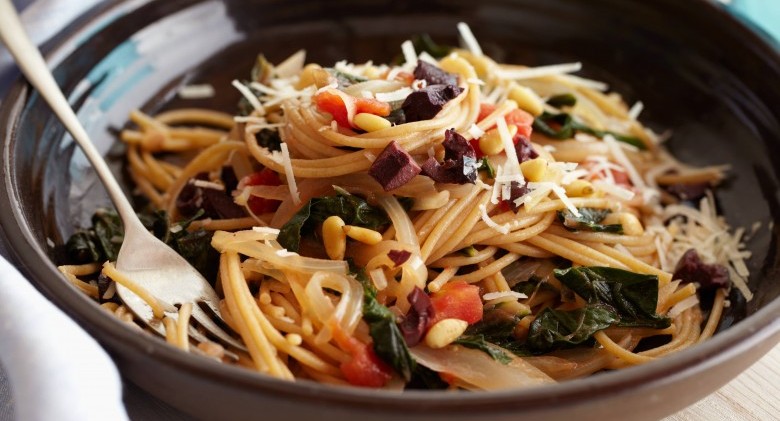
Whole wheat is a complex carb. Carbs—or carbohydrates—consist of strands of starch. Simple carbs have fewer strands while complex carbs are, well, more complex. Therefore, simple carbs break down and turn to sugar much faster, causing an influx of sugar to the bloodstream. Whole wheat slows that process as it takes longer for them to break down, and sugar is released at a healthier pace. Whole grains like whole wheat also provide more nutrients than their bleached counterpart, and some of these nutrients, like magnesium, help to prevent diabetes. Pictured here is whole-wheat spaghetti with swiss chard and pecorino cheese.
